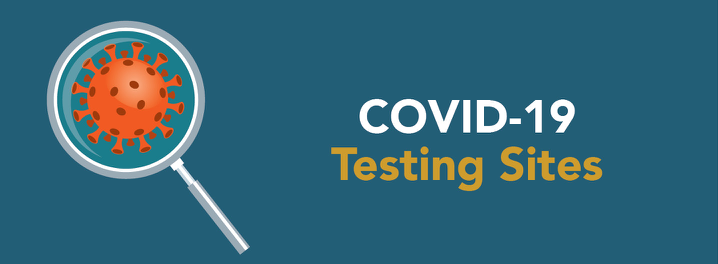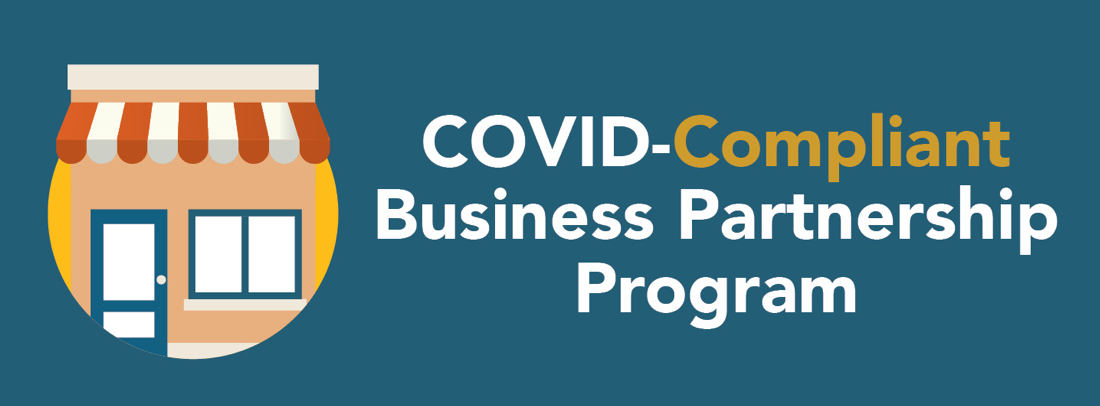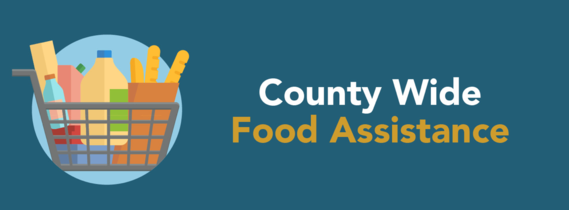Pregnant Woman from Hesperia Becomes Second In California to Die from COVID-19
A 32-year-old pregnant woman from Hesperia died on June 26 from COVID-19, becoming the second pregnant woman in the state of California to die from the disease. The woman’s child survived, has tested negative for COVID-19, and is doing well in the neonatal intensive care unit at Arrowhead Regional Medical Center.
“This tragic event reminds us all of the severity of COVID-19, especially for vulnerable members of our community such as those who are pregnant,” said Dr. Erin Gustafson, acting health officer for the County of San Bernardino. “Our hearts are with her family in this time of grieving.”
So far, 72 pregnant women in San Bernardino County have contracted COVID-19. The woman who died had underlying health conditions. The woman’s death in our County follows the first death of a pregnant woman in California announced by Los Angeles County in June.
According to the Centers for Disease Control, pregnant women may be at increased risk for severe illness from COVID-19 compared with non-pregnant women. Pregnant women and their families should take steps to stay healthy and reduce their risk for getting COVID-19.
Latina and Black pregnant women may be disproportionately affected by COVID-19 during pregnancy, according to the CDC. Among reproductive-age women with COVID-19, pregnancy was associated with hospitalization and increased risk for admission into the ICU and need for a ventilator.
Gustafson urged pregnant women to stay home as much as possible. Wearing a mask, physical distancing, and practicing frequent handwashing may also reduce the risk of contracting COVID-19.
 Guidance for Employees Exposed to COVID-19
With many businesses and enterprises reopening, employers and employees are asking how they should respond if an employee tests positive for COVID-19. The answer is simple: the infected employee must stay home and self-quarantine for at least 10 days following the first appearance of symptoms.
In addition, the individual must show improvement in resolving respiratory symptoms (such as a cough or shortness of breath). Once the employee returns to work, they should follow all public health recommendations, maintain good hygiene and continue to self-monitor for symptoms.
The County’s Department of Public Health has put together a detailed flow-chart for employers to reference, which can be found here. This information can and should be shared with the workforce.
When family or household members test positive
A more challenging question is how to handle cases where an employee’s family or household member tests positive for COVID-19. San Bernardino County Public Health officials recommend a Symptom- and Time-Based Approach to handling these cases, as opposed to needing multiple negative test results in order to return to work.
If an employee has a household member who tests positive, the first step is to determine whether the employee had prolonged exposure in the prior two days to the infected person. If not, the individual may continue to work as long as they can avoid close contact with the infected household member. Nonetheless, the employee should still carefully monitor him- or herself for symptoms and immediately contact their healthcare provider if symptoms develop.
On the other hand, if an employee has had prolonged exposure to an infected person, then he or she should remain at home under quarantine until 14 days after the infected household member has been released from isolation (i.e., confirmed to be non-infectious). In such cases the employee should be allowed to work remotely if at all possible.
If the employee develops no symptoms during this period, they may return to work 14 days after the infected individual has been released from isolation. If the employee does develop symptoms, they should contact their healthcare provider, who will likely arrange a test. If the employee tests positive, they should follow the guidelines outlined previously (stay home, self-quarantine for at least 10 days, have no fever, etc.). If the employee’s test results are negative, they should continue to quarantine until 14 days after the infected household member is released from isolation.
Employees engaged in critical infrastructure and/or essential services
If an employee who is engaged in critical infrastructure and/or essential services tests positive or develops symptoms, the same rules apply as to anyone else. However, when such individuals do not show symptoms, they may be allowed to continue working under the following conditions.
First, whenever possible, organizations should allow employees with the highest risk factors — those who’ve had prolonged or close contact with a confirmed case, those who are 65-years-old and above, and those having underlying medical conditions — to stay home.
However, when that option is not feasible, the employee may continue providing services so long as they avoid working with high-risk populations and adhere to a Workplace Monitoring Program. The program, which is based on the CDC’s Safety Practices for Critical Infrastructure Workers Exposed to COVID-19, is designed to protect all employees and members of the community. Remember: If an employee actually develops symptoms they must return home immediately.
Workplace Monitoring Program
Businesses or other enterprises that provide critical infrastructure and/or essential services are strongly encouraged to establish and maintain a Workplace Monitoring Program comprising the following elements. A Workplace Monitoring Program is suggested for all employers in the County, large and small.
Pre-screening. The employer should measure a (potentially) exposed employee’s temperature — ideally before they actually enter the workplace facility.
Monitor. Exposed employees should self-monitor for symptoms.
Face Coverings. The exposed employee must wear a face mask at all times until 14 days after last exposure to an infected individual.
Social distancing. An exposed employee must maintain 6 feet of distance and practice social distancing whenever work duties safely permit.
Disinfection. Both the employer and an exposed employee must routinely clean and disinfect workspaces, including offices, common areas and restrooms, as well as high-touch surfaces and shared equipment.
If an exposed employee tests negative for the disease and displays no symptoms, they should nevertheless continue to self-quarantine and follow the guidance presented above. It is important to remember that a negative test does not eliminate the possibility of developing symptoms later.
Ridesharing Safety During COVID-19
Although current COVID-19 conditions suggest now may not be the time to use ride-hailing services such as Uber and Lyft, new safety guidelines are available for people who need to hail a car. The major services have updated their protocols in response to the COVID-19 outbreak and are expected to continue updating them as conditions evolve.
Both Uber and Lyft have implemented safety protocols based on guidelines developed by the CDC. Although there are minor differences between each company’s policies, both require drivers and riders to wear face coverings and drivers are instructed to clean and sanitize high-touch areas of their vehicles following each ride.
Both services have added a mandatory personal health checklist for drivers, and Uber also requires drivers to verify they are wearing a face mask via selfie detecting software. Maximum rider capacity has also been reduced from four to three people, and all shared-ride options have been suspended.
Most importantly, both companies are urgently asking customers to refrain from their services if they are feeling even slightly ill. The ridesharing services are expected to continue modifying their safety protocols in response to updated CDC guidelines.
Eight More County Jail Inmates and 13 Sheriff’s Employees Test Positive for COVID-19
Eight County jail inmates have tested positive for COVID-19. Four inmates are at the West Valley Detention Center, two are at the Central Detention Center, one is at the Glen Helen Rehabilitation Center, and one is at the High Desert Detention Center. Three inmates were new arrests and determined to be positive for the virus during their medical assessment when they arrived at the jail.
A total of 169 County jail inmates have tested positive for COVID-19. Many of the inmates are only experiencing minor symptoms of the virus. One hundred and twenty seven inmates have recovered from the illness.
All inmates continue to be provided with face coverings, cleaning supplies, soap, and are urged to wash their hands repeatedly throughout the day. They are routinely reminded of the need to practice social distancing to slow the spread of COVID-19.
Thirteen department employees have tested positive for COVID-19 and are self-isolating at home. A total of 102 department employees have tested positive for COVID-19. Sixty-two employees have recovered from the virus; other employees are expected to return to work in the next few weeks.
Latest Stats
18,275 Confirmed Cases (up 4.9% from the previous day)
304 Deaths (up 0% from the previous day)
172,194 Tested (up 1.4% from the previous day)
For more statistics from the COVID-19 Surveillance Dashboard, click the desktop or mobile tab on the County’s sbcovid19.com website.



|